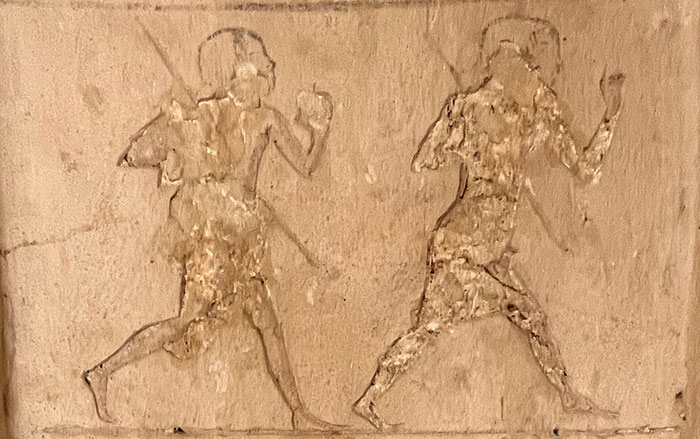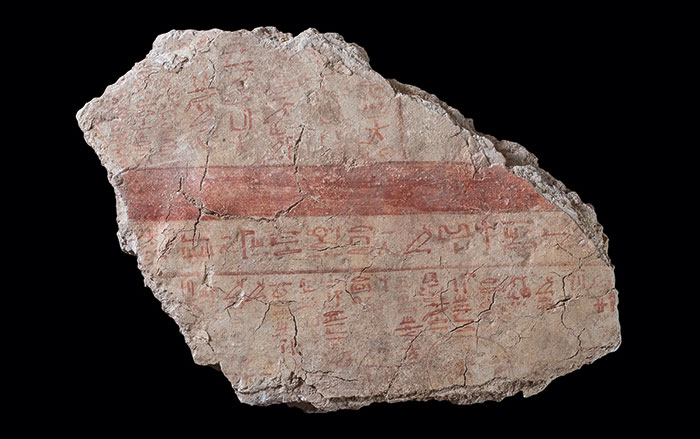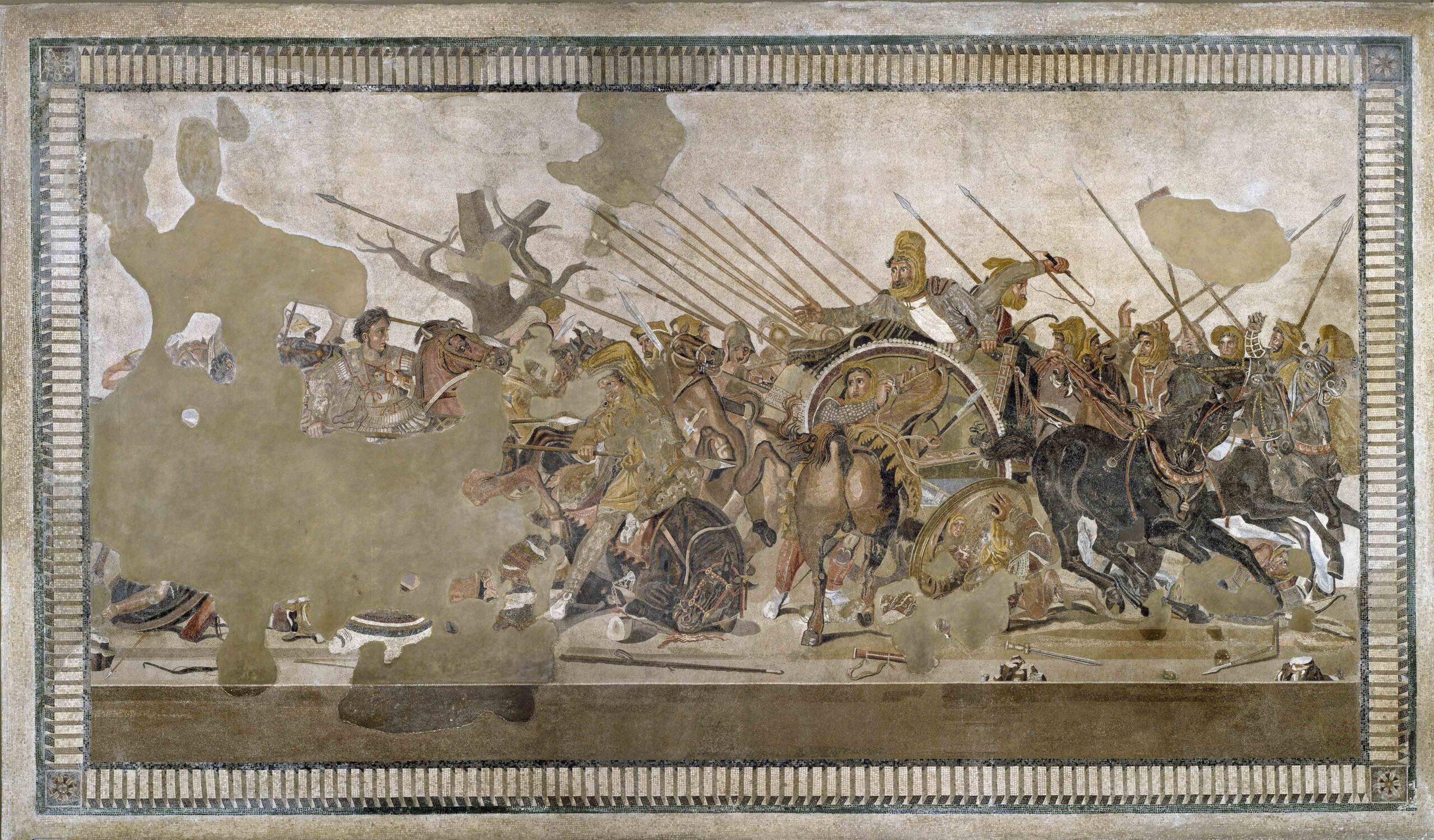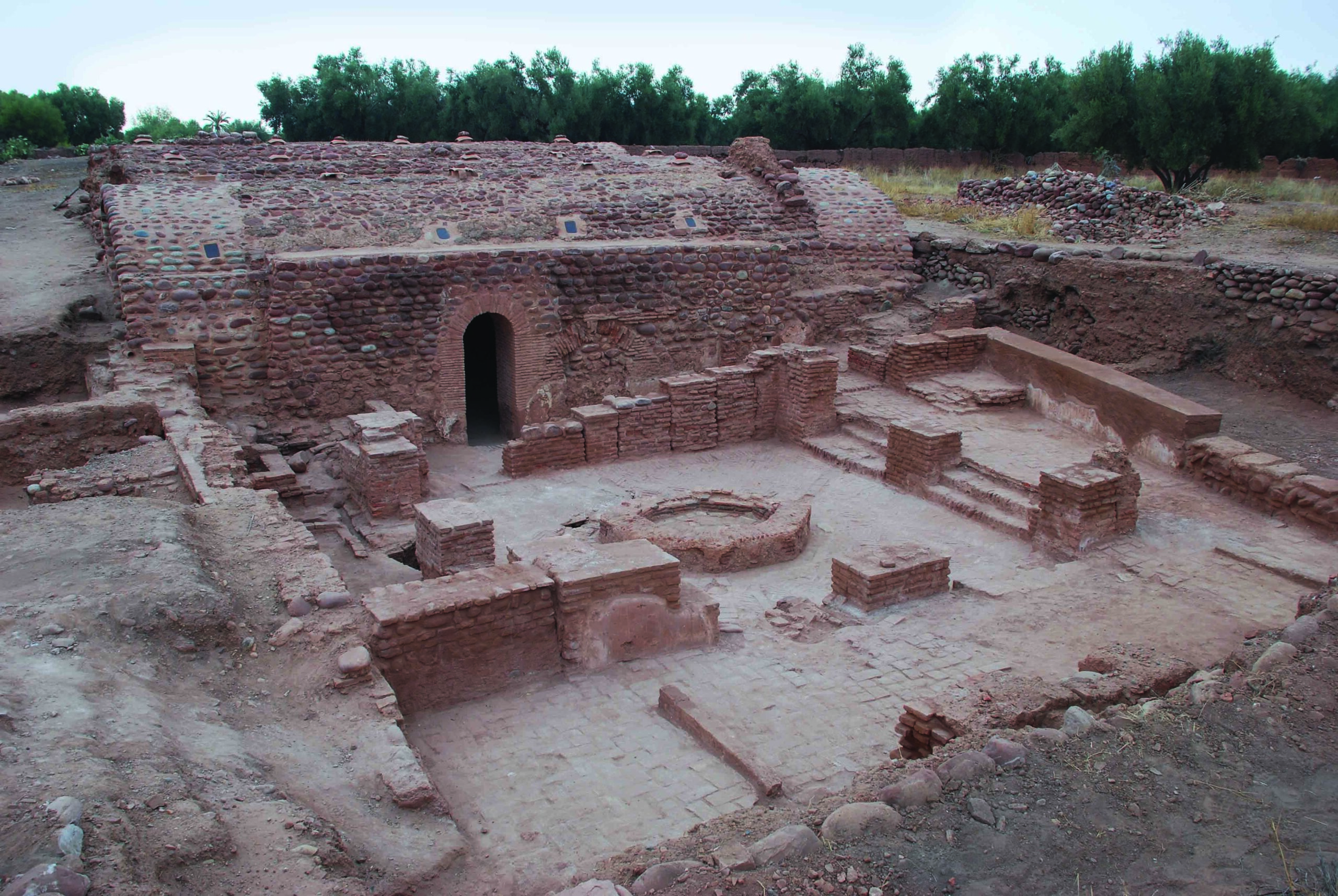
AARHUS, DENMARK—According to a statement released by Aarhus University, scientists from the Danish National Research Foundation, Aarhus University, and the University of Münster have developed a technique to distinguish between clear glass manufactured in Egypt and in the Levant during the Roman period. Although clear glass was known in fourth-century A.D. Rome as “Alexandrian” glass, archaeologists have not found furnaces for clear glass production in Egypt. Such furnaces have, however, been found in the Levant. The new technique measures the isotopes of the rare element hafnium in the glass, which can then be matched to the sands used to make the glass, said Gry Barfod of Aarhus University. The study indicates that so-called Alexandrian glass was indeed made in Egypt. Sand from the Nile, the researchers explained, contained lime to keep the high-quality glass stable. Antimony was added to make it crystal clear. Meanwhile, in the Levant, manganese was added to the mix to produce transparent glass. To read about Saxon recycling of imported Roman glass in England, go to "Legends of Glastonbury Abbey."










